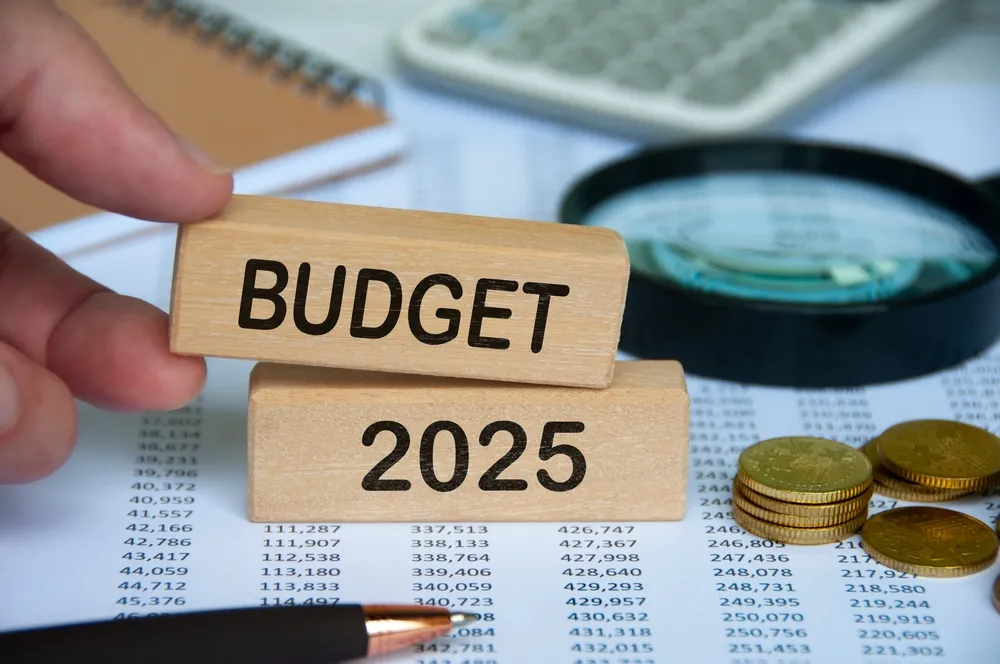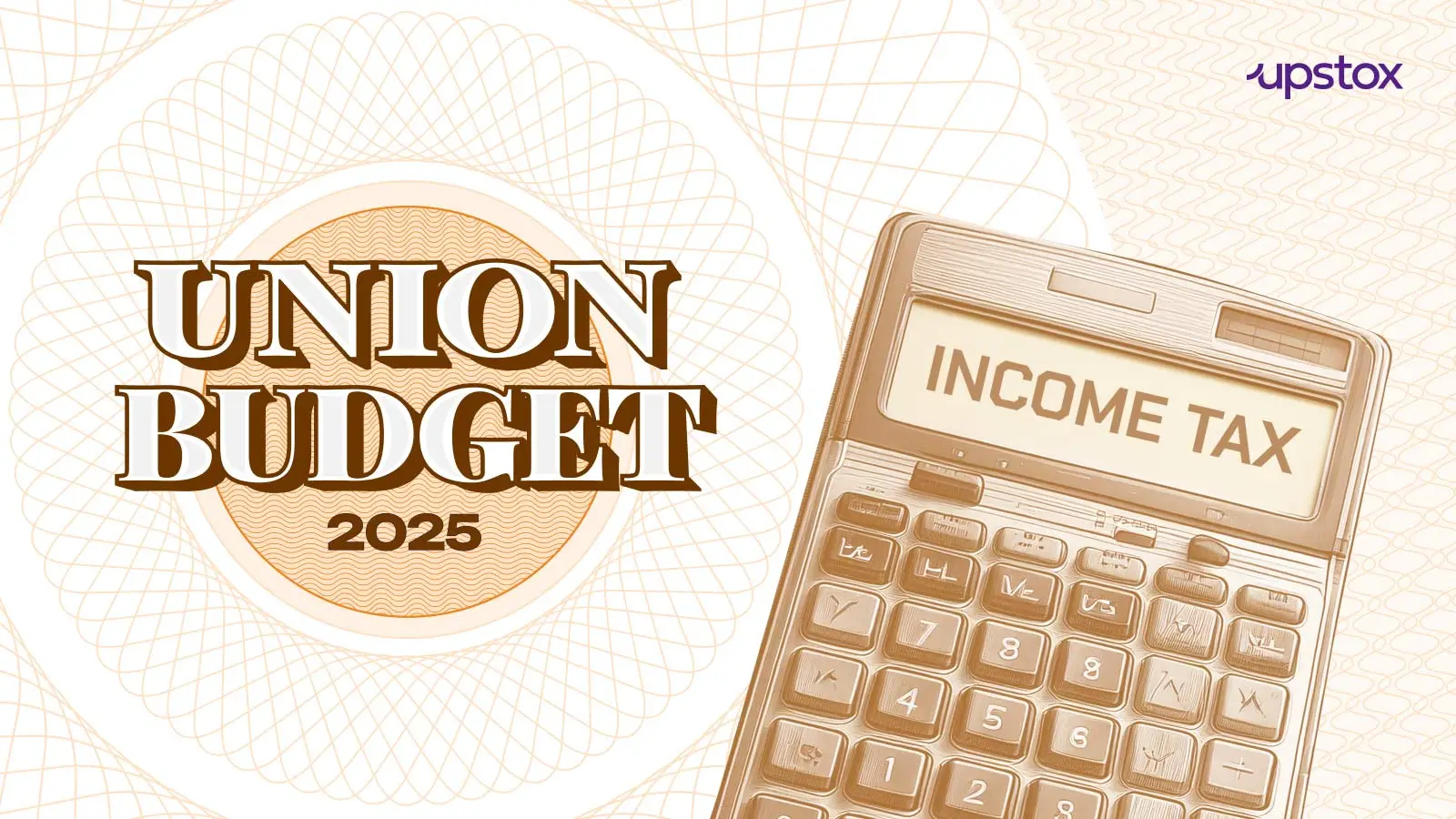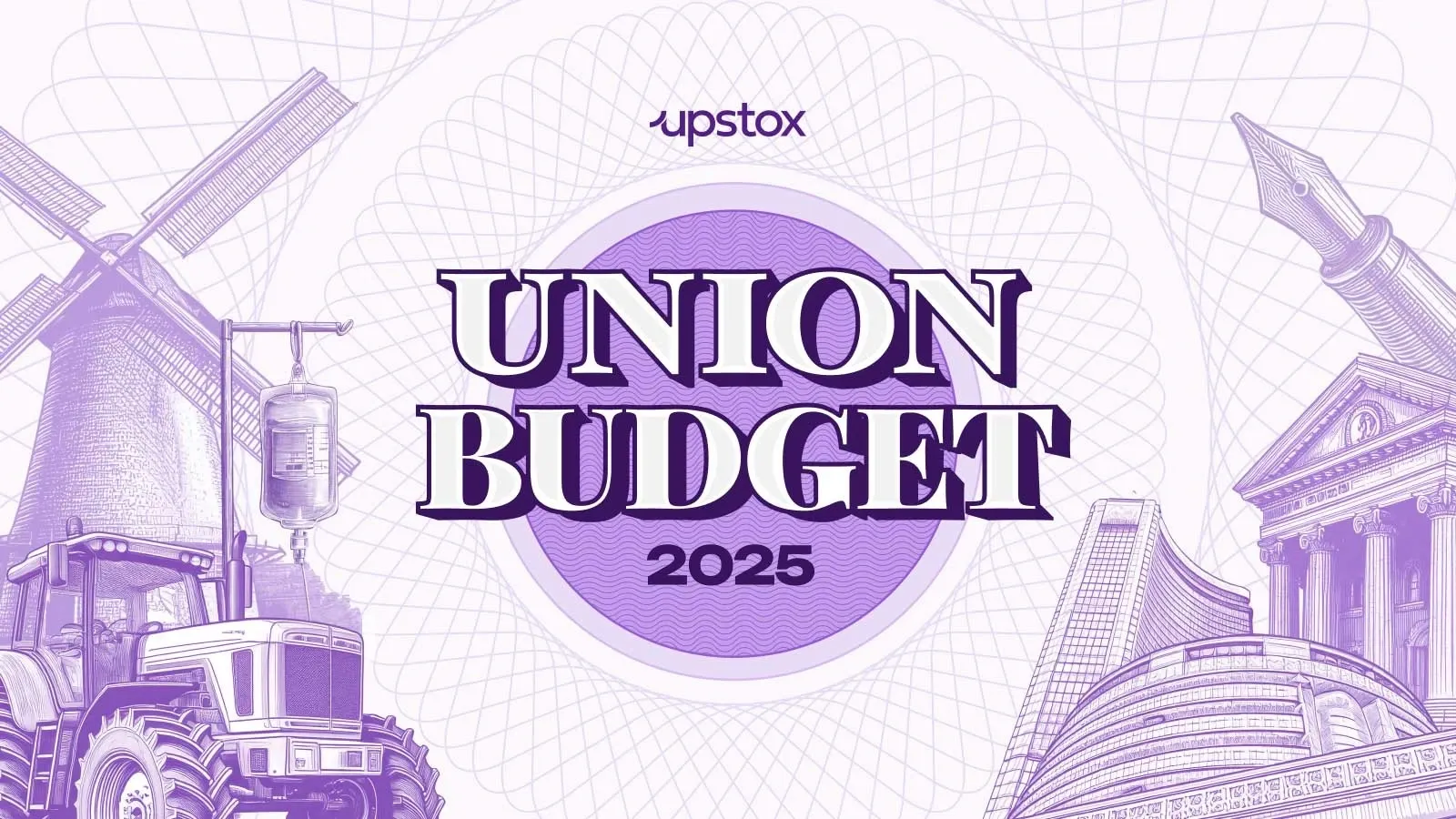Market News
Budget 2025: SENSEX jumps 2,134 points in 4 sessions, NIFTY50 surges 679 points; will stocks rally further today?

4 min read | Updated on February 01, 2025, 18:06 IST
SUMMARY
Since September 2024, the domestic equity market has fallen like a pack of cards, as an array of headwinds surfaced simultaneously, dragging the headline indices lower. The benchmark indices, SENSEX and NIFTY50, are still around 10.5% down from their record-high levels in September.
Stock list

The proposal to introduce an additional tax slab of 25% for income levels between ₹15 lakhs and ₹20 lakhs will surely provide significant tax relief and increase disposable income, say experts. Image: Shutterstock
Since September 2024, the domestic equity market has fallen like a pack of cards, as an array of headwinds surfaced simultaneously, dragging the headline indices lower. The benchmark indices, SENSEX and NIFTY50, are still around 10.5% down from their record-high levels in September.
Subdued corporate earnings, decelerating economic growth (high inflation, low consumption), and global factors such as China's economic stimulus measures that triggered an exodus of FIIs, a hike in interest rates by Japan that led to the unwinding of yen carry trades, and an increase in US bond yields, are some of the major factors that have caused a huge sell-off in the domestic market.
Besides, frequent geopolitical tensions and tariff threats from the US have compelled market participants to be cautious about Indian equities.
Nevertheless, amid all the domestic and global headwinds, the bulls on Dalal Street have put up a good fight in the last four sessions. The stocks have rallied on the hopes that Finance Minister Nirmala Sitharaman will unveil measures that will boost the sentiment and pump-prime the economic recovery.
In the last four sessions, the S&P BSE SENSEX has jumped 2,134.4 points, or 2.83%, while the NSE's NIFTY50 index has rallied 679.25 points, or 2.97%.
As regards yesterday's session (Friday, January 1), the biggest highlights were the industrials, and capital goods indices. The BSE CAPITAL GOODS index ended at 64,529.77, up 2,417.47 points, or 3.89%. The BSE Industrials closed the session at 13,831.76, up 481.82 points, or 3.61%.
Moreover, infra giant Larsen & Toubro (L&T), the blue-chip stock, jumped over 4% on strong Q3 numbers and record order inflows. In its earnings statement, the engineering and construction major said that the upcoming Union Budget is expected to emphasise building infrastructure, adopting technology, improving learning efficacy & skill development, and policy continuity towards energy transition, which will provide the necessary impetus to the Indian economy.
Similarly, Pravin Kumar Agarwal, Managing Director and Chairman of Garuda Construction and Engineering said that the construction and engineering sectors are key drivers of national growth, and they are eager to see policies that facilitate the acceleration of crucial infrastructure projects, particularly in urban development, large public spaces, and transportation networks.
"We are hopeful for increased budget allocations towards public-private partnership models, allowing specialised EPC players like us to take on large-scale, complex projects across various sectors," Agarwal added.
The indices rallied on the hopes that the government will announce measures to boost the infra sector.
Similarly, rationalising securities transaction tax (STT) and long-term capital gain (LTCG) tax and introducing an additional tax slab of 25% for income levels between ₹15 lakhs and ₹20 lakhs to lower power supply rates are some of the demands by industries.
Vimal Nadar, Senior Director, Research, Colliers India, said, "As the economy is gradually shifting towards the new tax regime in a discretionary manner, it becomes imperative to rationalise tax slabs in the absence of major deductions and other incentives."
The proposal to introduce an additional tax slab of 25% for income levels between ₹15 lakhs and ₹20 lakhs will surely provide significant tax relief and increase disposable income. Increased liquidity in the hands of individuals will hold a higher potential to spur consumption. Additionally, the proposal to exempt income tax up to ₹10 lakhs will surely scale up liquidity in the hands of middle-class salaried individuals, Nadar added.
As regards capital expenditure, Vijay Bharadia, Managing Partner & CIO, Wallfort PMS, said, "The government capital expenditure is a key driver, and the ₹11 lakh crore capex announced in 2024 has already set a strong foundation, and we anticipate an even more ambitious outlay in the 2025 budget.
Lower power supply rates would also be a game-changer for the manufacturing sector, reducing production costs and boosting exports. Together, these measures could significantly strengthen India’s economic trajectory in the coming years, Bharadia opined.
Related News
About The Author
Next Story



